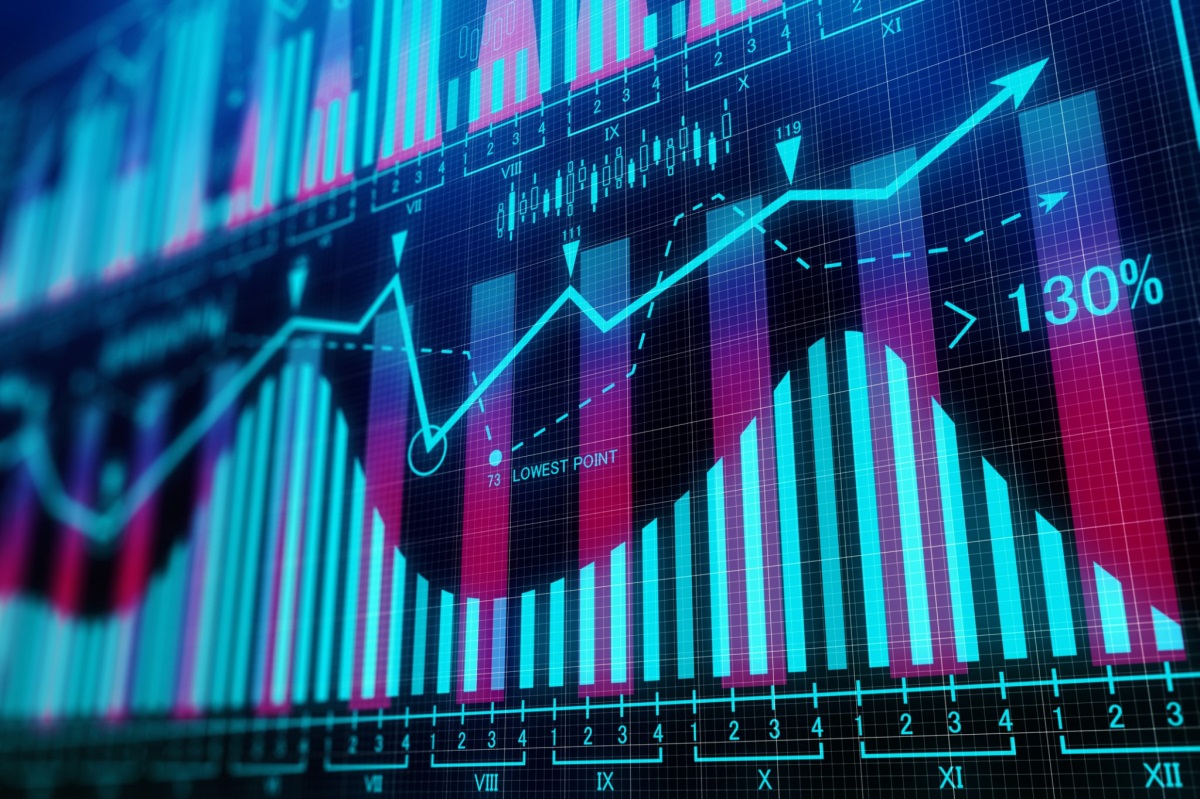
Importance of Trading Pattern Recognition in Technical Analysis
In the vast landscape of financial markets, trading patterns emerge as guiding beacons for traders navigating the dynamic realm of finance. Unveiling their significance is akin to unlocking a treasure trove of insights, providing traders with the tools to make informed decisions and predict market trends with precision.
At the core of technical analysis lies the pivotal role played by trading patterns—roadmaps drawn by historical price movements. These patterns offer a unique lens through which traders can anticipate potential future market directions, leveraging valuable lessons encoded in past market behavior.
A key visual tool within the realm of technical analysis is the trading chart pattern. These patterns materialize on price charts, weaving a visual narrative of historical price movements and forming recognizable shapes. Traders diligently analyze these shapes, seeking to discern potential future price movements with a strategic advantage.
Technical analysis, an amalgamation of art and science, involves a meticulous examination of past market data, including price and volume. Trading patterns, within this context, function as visual cues, providing a structured framework to interpret and understand the intricate language of market behavior.
Identifying trends stands as a cornerstone of successful trading, and trading patterns excel in this arena. Traders harness the power of these patterns to recognize whether the market is on an upward trajectory, moving downward, or traversing a sideways course. This insight becomes a guiding compass for making strategic decisions regarding entry and exit points.
Beyond their predictive prowess, trading patterns serve as a universal language among traders. When a specific pattern materializes, it communicates a nuanced message—a potential opportunity or risk that resonates across the global trading community. This shared language fosters effective communication, creating a vibrant ecosystem where insights, strategies, and market predictions are exchanged.
Effective risk management is a linchpin of successful trading endeavors. Trading patterns offer practical applications for risk mitigation, empowering traders to set up safety nets such as stop-loss orders based on the recognition of specific patterns. This proactive approach serves as a shield, protecting investments and minimizing potential losses.
Mastering the art of recognizing trading patterns is an ongoing journey of skill enhancement for traders. It transcends the realm of merely predicting prices; it involves a deep understanding of the intricate language spoken by the market. As traders delve into the nuances of trading pattern recognition, they gain a robust skill set—a compass that guides them through the ever-evolving landscape of financial markets with confidence and precision.
In conclusion, trading pattern recognition emerges as a fundamental component within the field of technical analysis. Its significance lies not only in its predictive power but also in its ability to empower traders to interpret market movements, identify trends, and make informed decisions. The universal language of trading patterns fosters effective communication among traders, creating a vibrant community where insights are shared freely. As traders master the art of pattern recognition, they equip themselves with a valuable skill set, navigating the complexities of the financial landscape with confidence and finesse.


